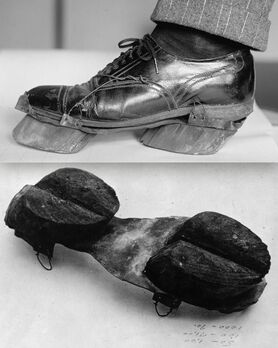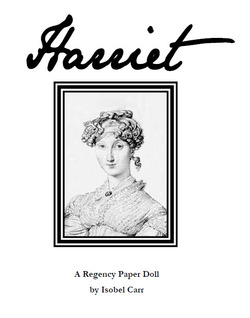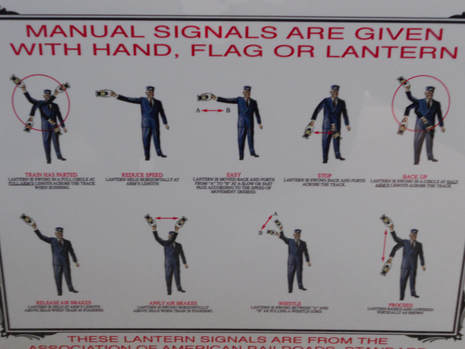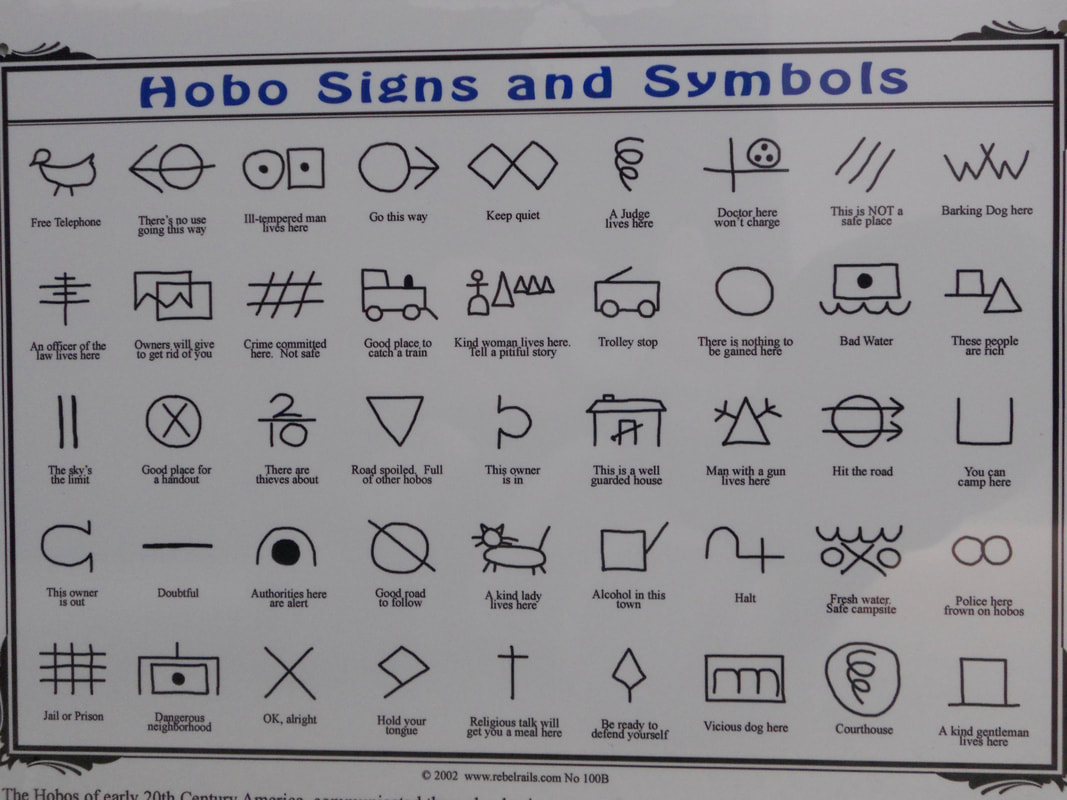Every now and then, I'll add something here - just for fun. Stop back often!

Heifer Heels
December 5, 2022
I am currently working on a trilogy which features three World War I veterans. The stories take place shortly after Prohibition was instituted, which means there is a lot of fascinating trivia to unearth! One of the fun items I discovered was this picture of "heifer heels." Men who were transporting illegal moonshine in rural areas would fasten these to their feet so any Feds who came sniffing around would only see cow tracks instead of human footprints.
December 5, 2022
I am currently working on a trilogy which features three World War I veterans. The stories take place shortly after Prohibition was instituted, which means there is a lot of fascinating trivia to unearth! One of the fun items I discovered was this picture of "heifer heels." Men who were transporting illegal moonshine in rural areas would fasten these to their feet so any Feds who came sniffing around would only see cow tracks instead of human footprints.

Regency Paper Doll
August 14, 2016
When I was researching my Georgian historical romance, I stumbled across this fun paper doll for the Regency era. It was created be Isobel Carr, who is an author of Georgian and Regency stories, and quite knowledgeable about both eras.
Check out her website for a link to the Regency paper doll she created.
http://www.isobelcarr.com/regency-paper-doll.html
August 14, 2016
When I was researching my Georgian historical romance, I stumbled across this fun paper doll for the Regency era. It was created be Isobel Carr, who is an author of Georgian and Regency stories, and quite knowledgeable about both eras.
Check out her website for a link to the Regency paper doll she created.
http://www.isobelcarr.com/regency-paper-doll.html
Railroads and Hobos
Several months ago, I visited the National Railroad Museum (http://nationalrrmuseum.org/) in Green Bay, Wisconsin. I was researching train travel in the 1890s and found it well worth the trip. While I was there, I also stumbled across some informative placards depicting very different signals. The first one shows how railroad workers used lanterns to signal each other. The second one shows the complex set of symbols hobos used to inform each other of local conditions (when they weren't riding the rails.)
Several months ago, I visited the National Railroad Museum (http://nationalrrmuseum.org/) in Green Bay, Wisconsin. I was researching train travel in the 1890s and found it well worth the trip. While I was there, I also stumbled across some informative placards depicting very different signals. The first one shows how railroad workers used lanterns to signal each other. The second one shows the complex set of symbols hobos used to inform each other of local conditions (when they weren't riding the rails.)


